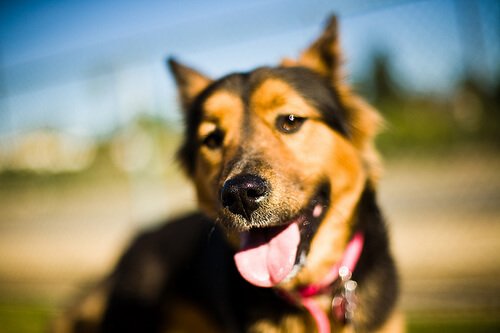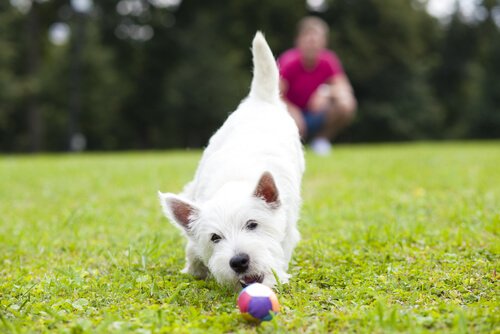How to Take Care of a Blind Dog

Tips for taking care of a blind dog
First of all, you should know that just because your dog is losing his vision doesn’t mean he can’t fend for himself. This means you don’t need to be overprotective, or think he can’t do anything without your help. If you transmit your fears and insecurities to him, you could make him become dependent on you.

1. Don’t make big changes to your home
2. Give him some freedom
3. Block the staircase
4. Take him to the location of his belongings
When taking care of a blind dog, you shouldn’t worry about him not being able to find his food or water. However, it’s a good idea to help him for the first few days. The animal’s point of reference should always be his food bowl or bed. From there, he can orientate himself to different sectors of the house.
5. Buy toys that make noise

6. Walk him with a leash
All cited sources were thoroughly reviewed by our team to ensure their quality, reliability, currency, and validity. The bibliography of this article was considered reliable and of academic or scientific accuracy.
Kilde til hovedbilde: alexplayground